Workers "hide" a lot of gray-green square boxes in the hidden corners of the reserve, and researchers will take them back regularly.
These boxes are infrared trigger cameras. During the ME Wanglang research, one of our scientific expedition activities is to learn the principle of infrared trigger cameras and set up cameras on the spot.
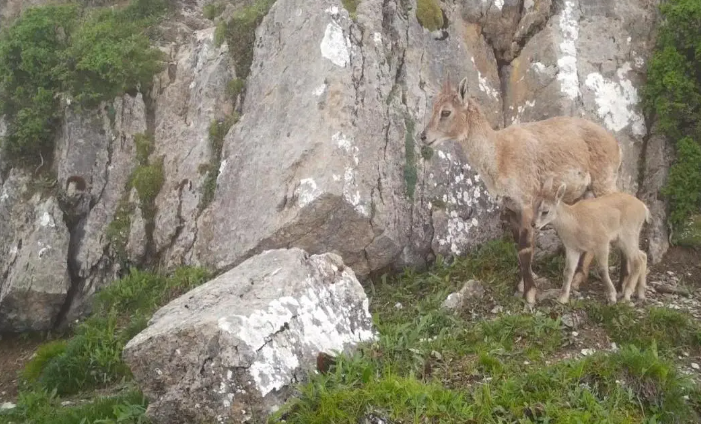
Infrared trigger cameras are mainly used for wildlife monitoring in the field of nature conservation field research technology.
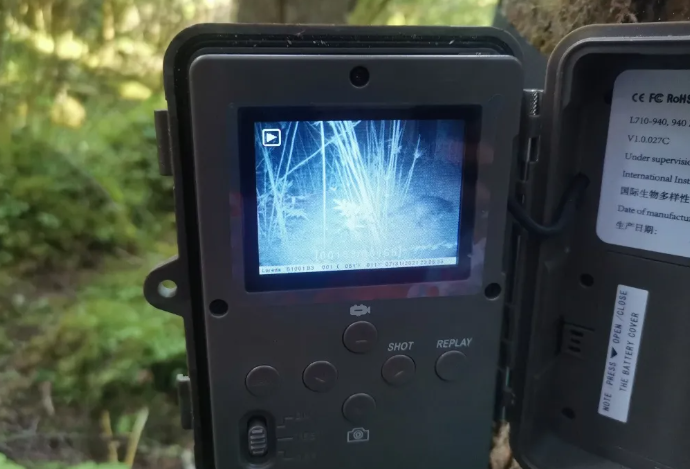
According to different working principles, they are divided into active and passive types. In Wanglang, we use the more common passive infrared trigger camera.
When a warm-blooded animal passes in front of the device, the temperature difference between the animal's body temperature and the ambient temperature causes a change in the heat around the camera. This temperature (heat) change is received by the infrared sensor and generates a pulse signal, which triggers the camera to shoot.
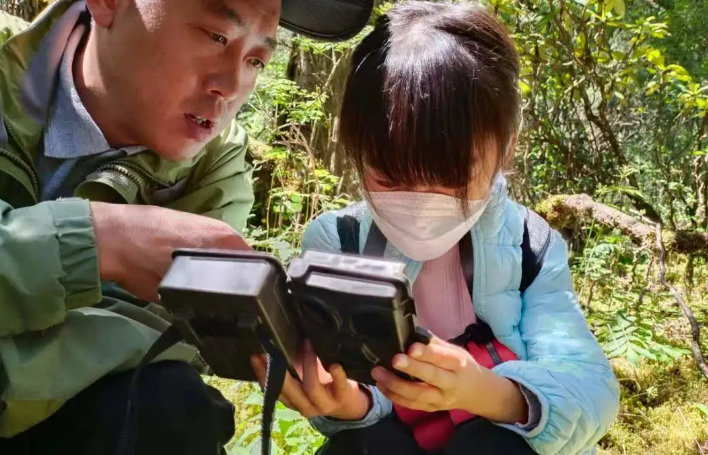
Infrared cameras have important applications in wildlife research, monitoring, and protection.
Its main functions include:
① Confirming the existence of a species; ② Predicting population density; ③ Individual identification; ④ Marking-re-supplementing; ⑤ Calculating the relative abundance of species; ⑥ Studying animal activity patterns; ⑦ Monitoring poaching behavior.
01 "Learn the basic operation of infrared cameras"
On the fourth day of ME Wanglang's study, we went to the wild to install infrared cameras. The team led by our teacher Wang Dajun was the first in China to use infrared cameras to study wild animals.
In real scientific expeditions, in order to monitor animals that move secretly, infrared cameras often have to work for a long time and uninterruptedly, so the first thing we did when we got it was to install eight full batteries and a memory card.
After turning on the camera, adjust the camera to the photo + video mode to record the precious images of animals more conveniently. After learning the trigger principle and basic operations, we have to think about:
02 "Find a suitable deployment environment"
If you want to photograph these animals in the wild, you have to infer the range of their activities through clues.
We can first look near the water source. When you find an animal trail with fresh animal footprints or feces nearby, it means that an animal passed by here not long ago, and we are likely to photograph them again.
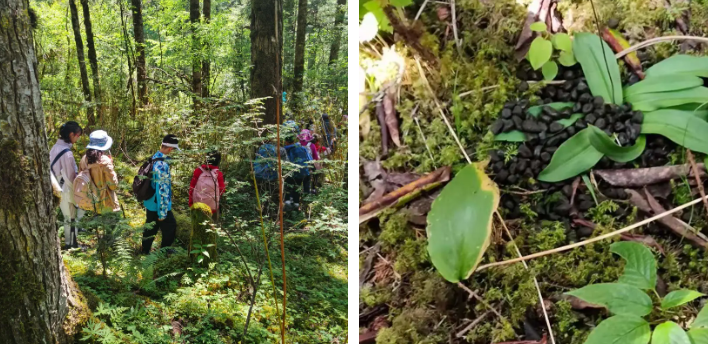
After choosing the general environment, you can determine the appropriate shooting distance according to the size of the subject, and start setting up the camera along the animal trail or the direction of the trap.
03 "Set up the camera to simulate animals passing by"
After determining the specific location, we can fix the infrared camera on the tree and adjust the height and angle according to the environment.
In order to ensure that the camera can have the best shooting angle, we also simulated the process of animals passing by.
04 "Find the camera and check the records"

Three days later, we came back to take down the infrared camera, and the records we took surprised us.
We took pictures of the first-class protected animal in the country - the takin, and the national key protected wild animal - the Chinese goral.
A one-meter-tall takin slowly walked into the camera from the side, lowering its head as if looking for food. The Chinese gorals photographed by another group stood vigilantly in the center of the camera, observing the surrounding environment.
05 "Reflections and Summary of Scientific Expedition"
In addition to being lucky, we still had many cameras that did not capture animal images. We also made some reflections and summaries from this:
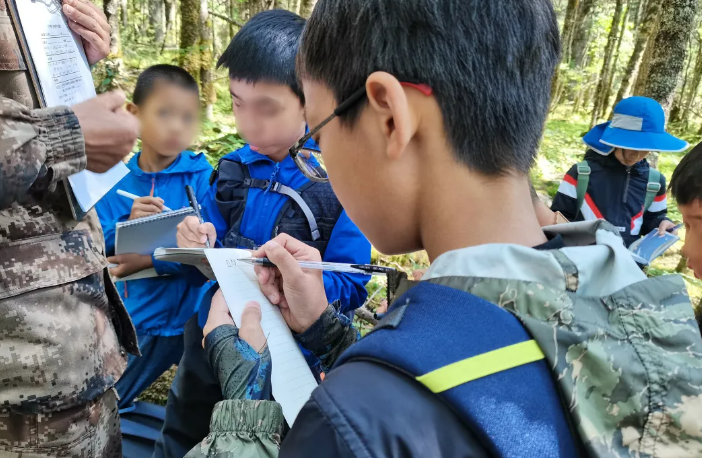
Time is short. In scientific research, infrared cameras will be placed for at least 1 week
Position deviation, the environment chosen is not where animals often appear
Human influence, human activity range and smell interfere with animals
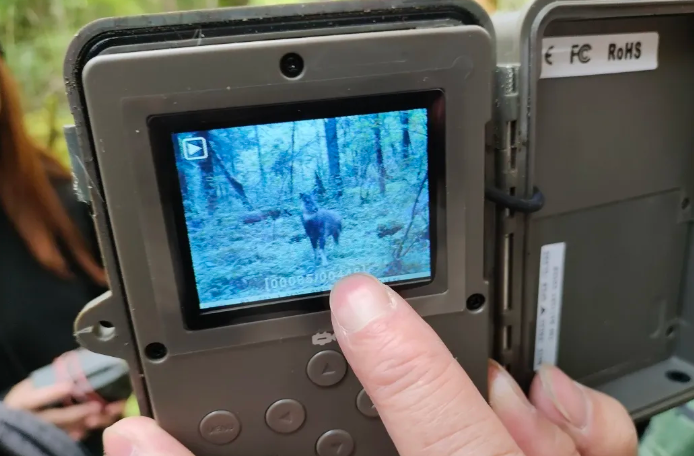
After collecting and sorting out the layout and shooting records, we completed the scientific expedition of infrared trigger cameras.
During the entire experience, we learned about animal taxonomy, animal ecology, and the ability and methods of field work.
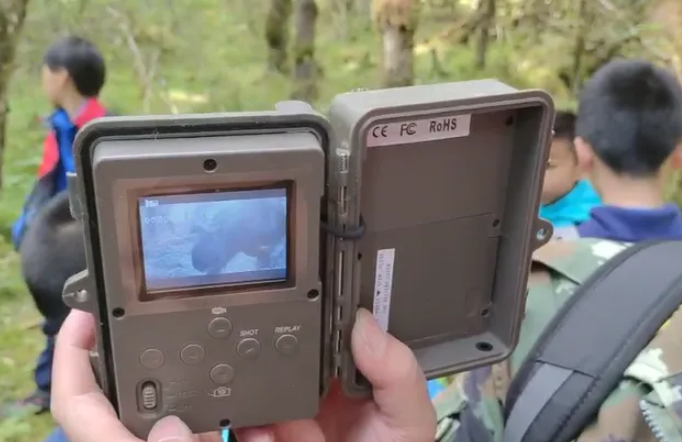
As one of the important means in the field of wildlife monitoring and research, infrared trigger cameras can accurately identify species, work for a long time, and have less interference with animals. Although they are powerless against some small wild animals and often have problems in humid or high temperature environments.
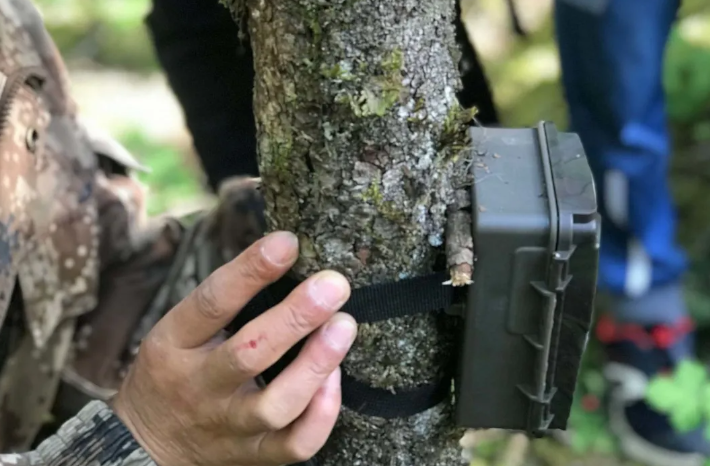
However, with the continuous advancement and development of science and technology, the ability, quantity and speed of infrared cameras to collect field data have been greatly improved, which has promoted the further development of wildlife scientific research.
Although it does not have high-definition pixels and perfect composition, it can inadvertently capture precious pictures: pandas, gorals, takins, desert cats...


